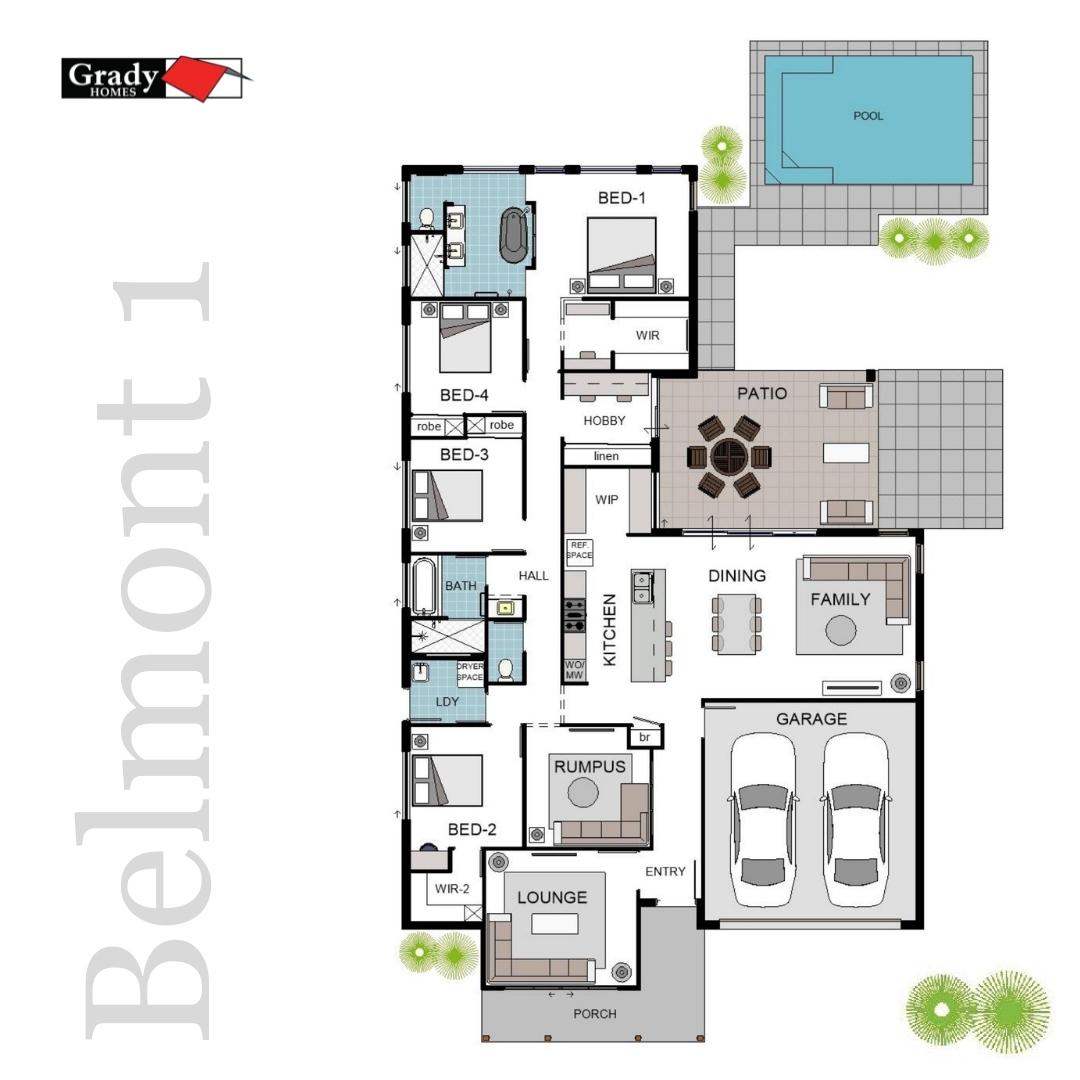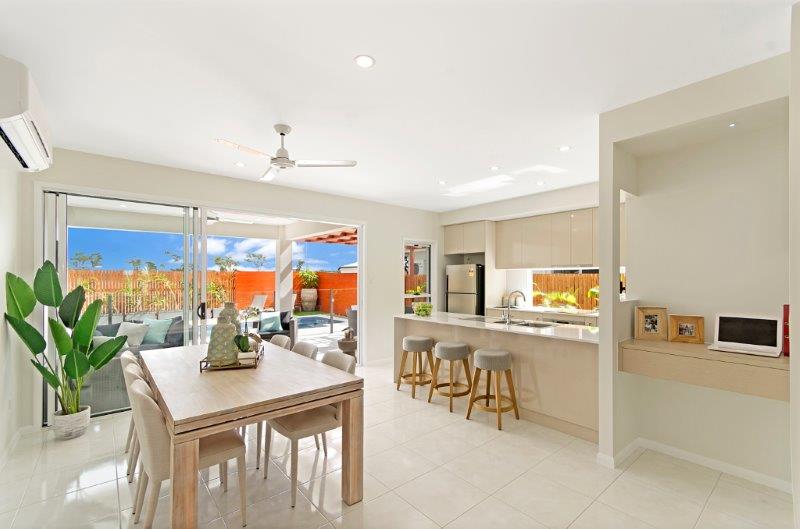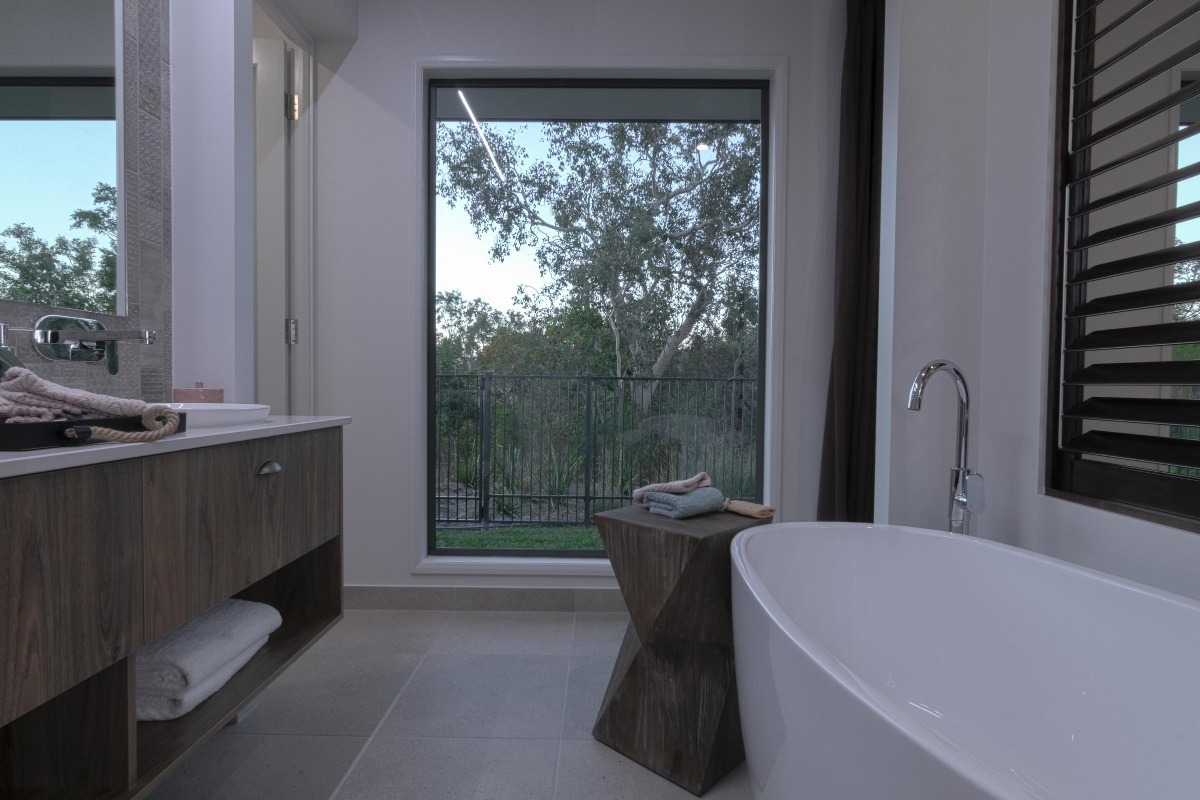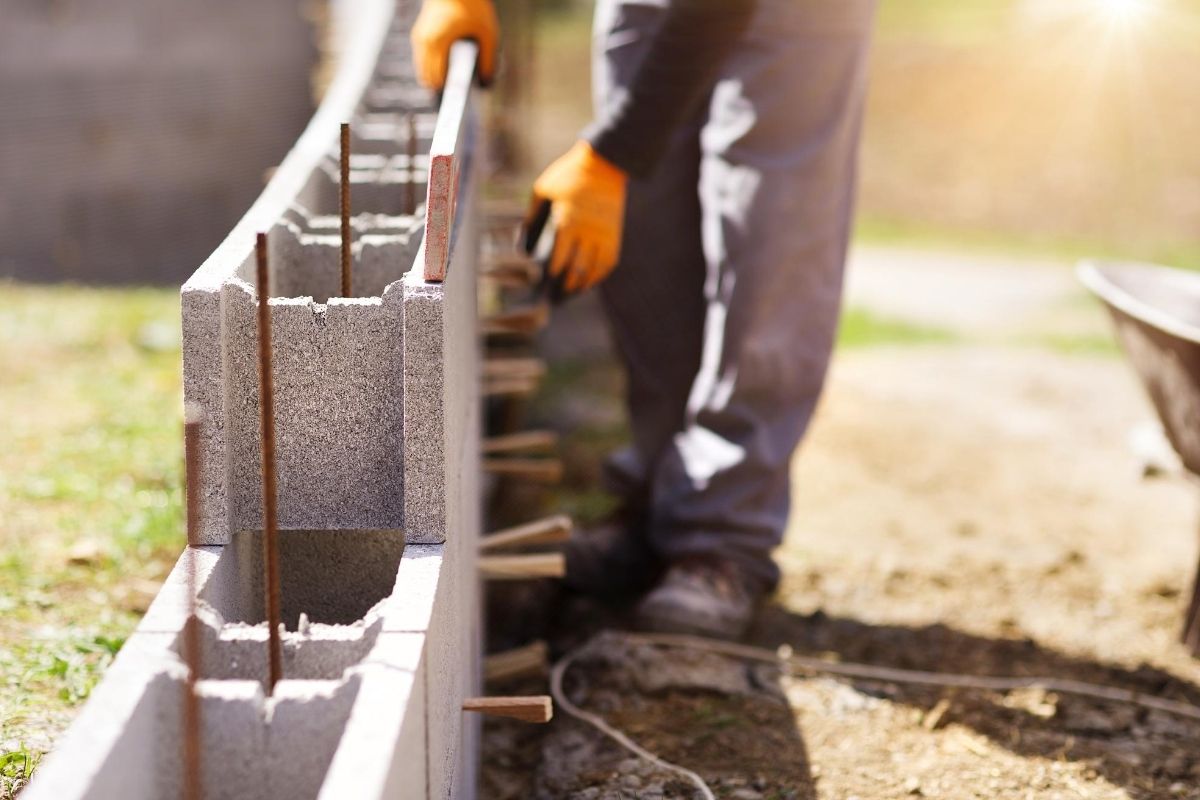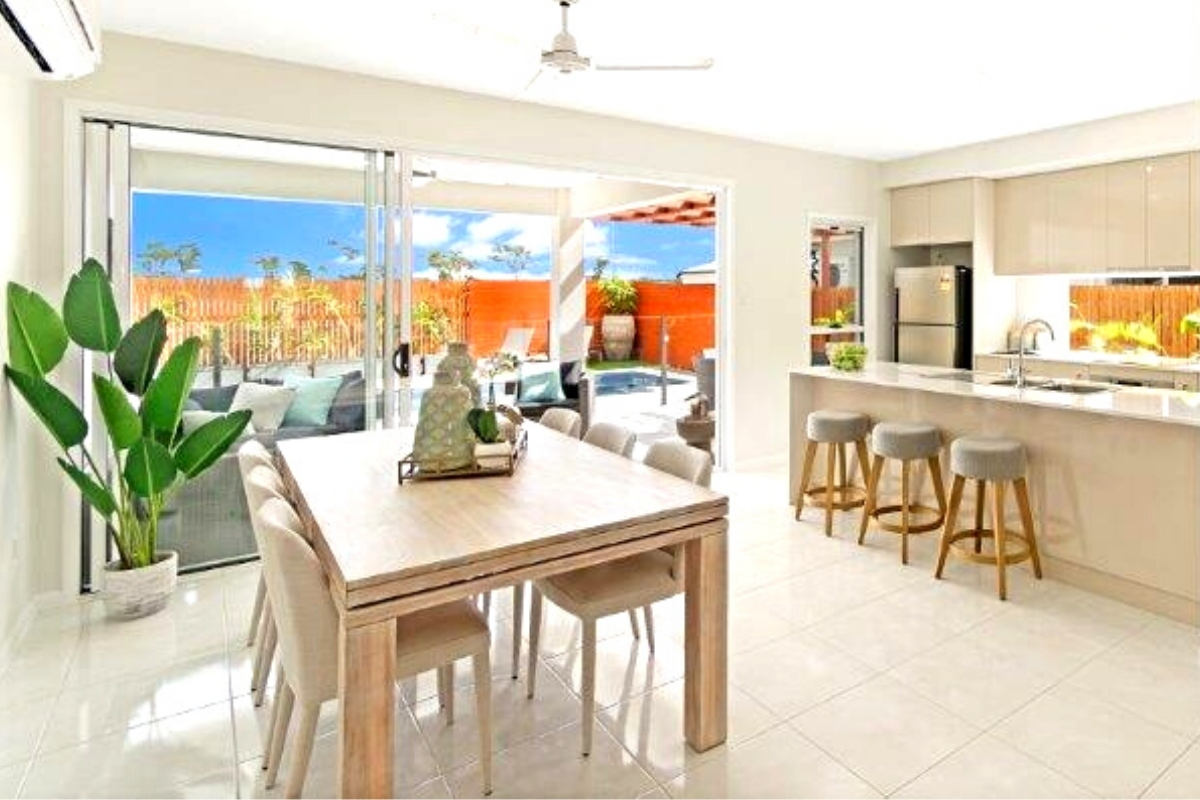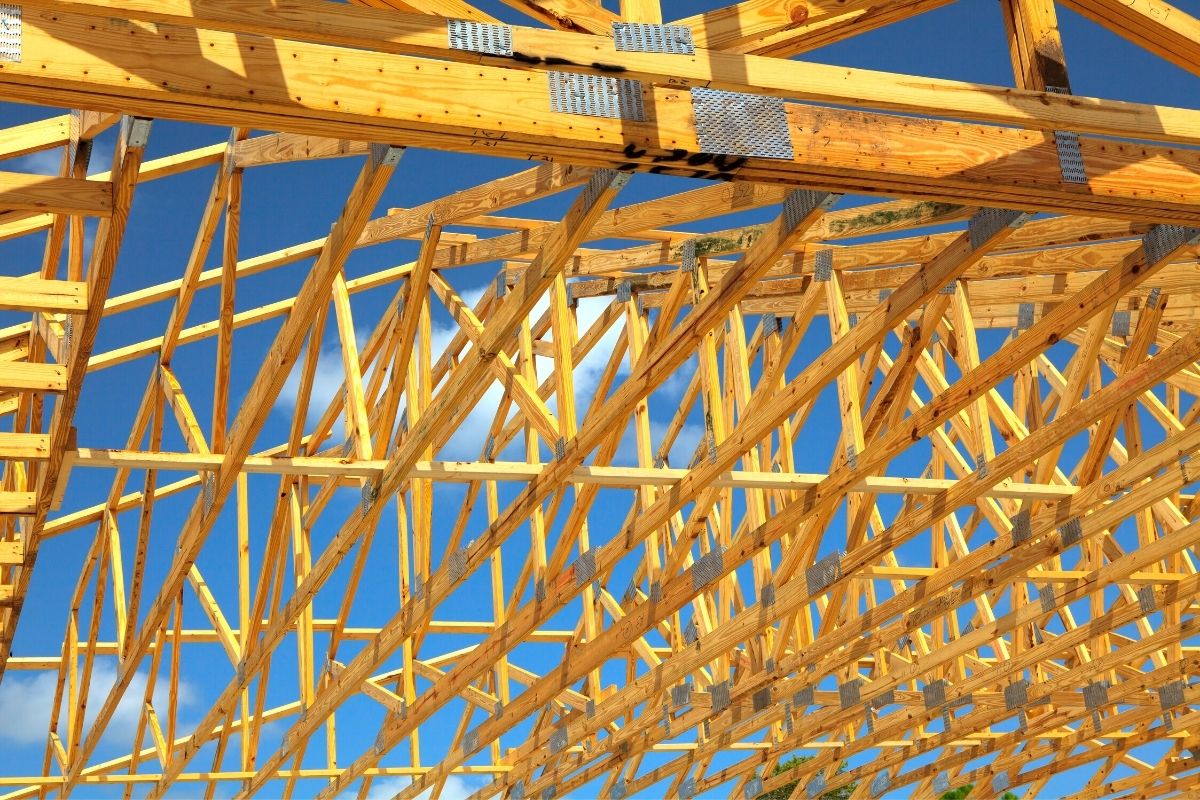Choosing a poor land block to build your new home can be a horrendously expensive mistake. We would hate for this type of budget blowout to happen to you, so we’re here to help with some handy tips to help you avoid buying the wrong block of land.
So, how do you know what constitutes a good block of land?
How do you determine the hidden costs?
What are the traps and pitfalls of choosing the wrong block of land?
Townsville home buyers usually think long and hard about their choice of house plan design and their builder, yet comparatively few consider the influence of their block of land on their new home. Many buyers build off the plan, or perhaps after a cursory look at the block of land. They may base their buying decision on balancing the block size vs. price vs. position equation. But not all sites are created equal.
Grady Homes finds that one of the most common pitfalls for the unwary is the amount of fall on a block. When it comes time to build your new house, that appealing slope could require excavation, back fill and retaining walls that can well exceed $15,000.
We also see customers buy large blocks from an estate brochure thinking that they can have big house, huge shed and a pool… only to find out that the amount of usable space was reduced due to the amount of work needed to be done to the block, work that can greatly affect the budget and the design of the house.
When you are thinking of building, land choice should be one of the first priorities to get right. When looking for land, some of the important things you need to know aren’t clear on an estate brochure but can greatly influence the cost or design of your home.
What you need to know before buying a block of land:
- Where your driveway can or can’t be located. Often this is influenced by council regulations, storm water drainage, etc.;
- Whether your building envelopes have pre-determined house placement rules. These can include how far forward/back the house can be set on the block, and how far forward some parts of the house can be compared to other parts (i.e. Garage must be set back a minimum of Xmm);
- The overall level of the block;
- The orientation of the block of land. This can help you maximise the breezes and minimise the impact of the western sun;
- The need for storm water drainage to the street or local bush fire requirements;
- Will you require extension of underground Tailex, water or electricity piping to your block/house;
- Where do the sewer lines lie in relation to the block? The position and depth of these hidden services may result in costly engineering changes to the home, reduce the usable space on the block not just for the house, but shed or pool as well;
- Soil quality/grade?
- What design guidelines or covenants apply to the estate that the block is located in? They can include limits on sizes of sheds, fencing rules, colours and finishes of the facade etc.;
- The features of the future infrastructure of the estate and surrounding areas;
In most cases, buyers will be best served by finding their block of land before selecting a house plan.
Customers should include their builder or building consultant in this decision making process as their expertise can often help the client avoid any pitfalls and maximise any advantages available. Be sure to select an experienced builder who has a team equipped with not only experience in home building, but local land and estate knowledge as well.
Our Grady Homes New Homes Consultants can advise you on the best blocks of land available to suit your budget and house plan desires, and will always explain any associated pitfalls or covenants etc that could affect your build when presenting the blocks of land to you.
We always select the best home-sites for our House and Land packages, so if you are looking to buy “off-the-plan” you can rest assured that Grady will always look after you when it comes to block selection.

